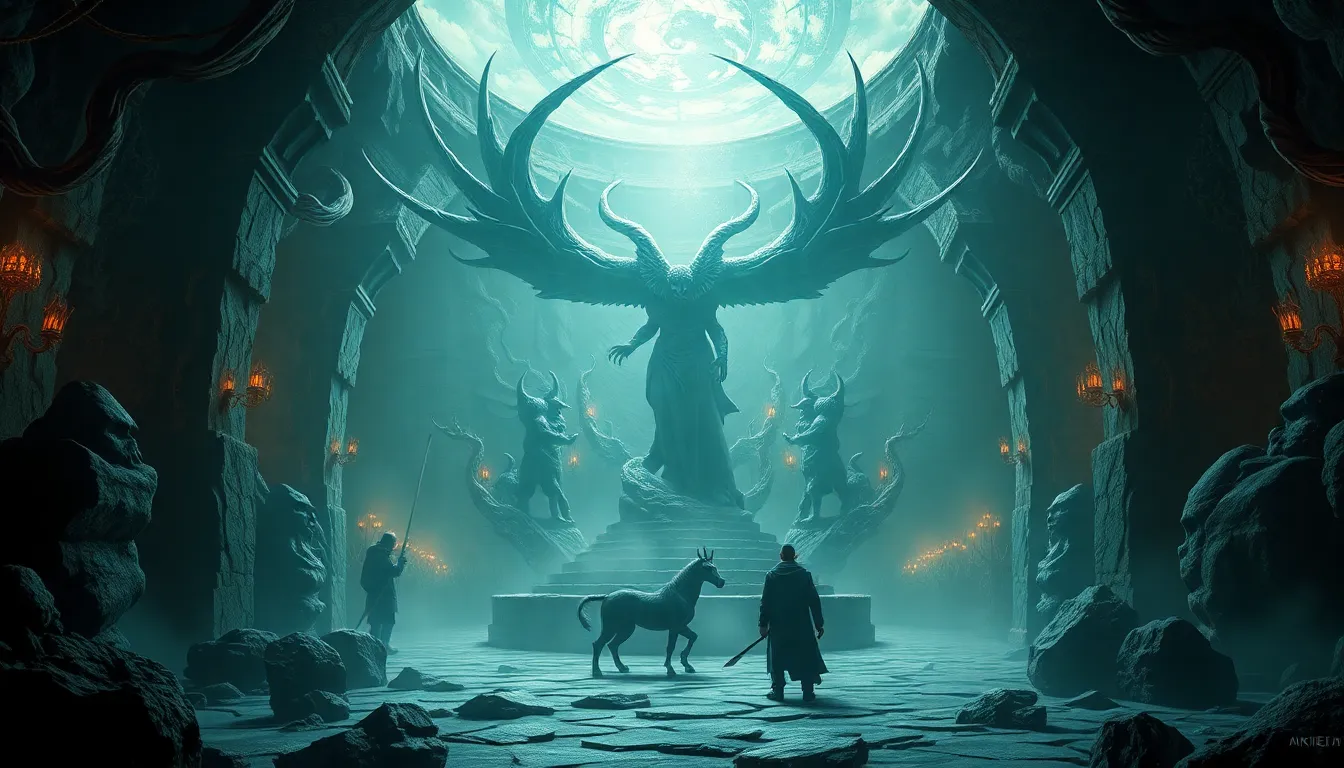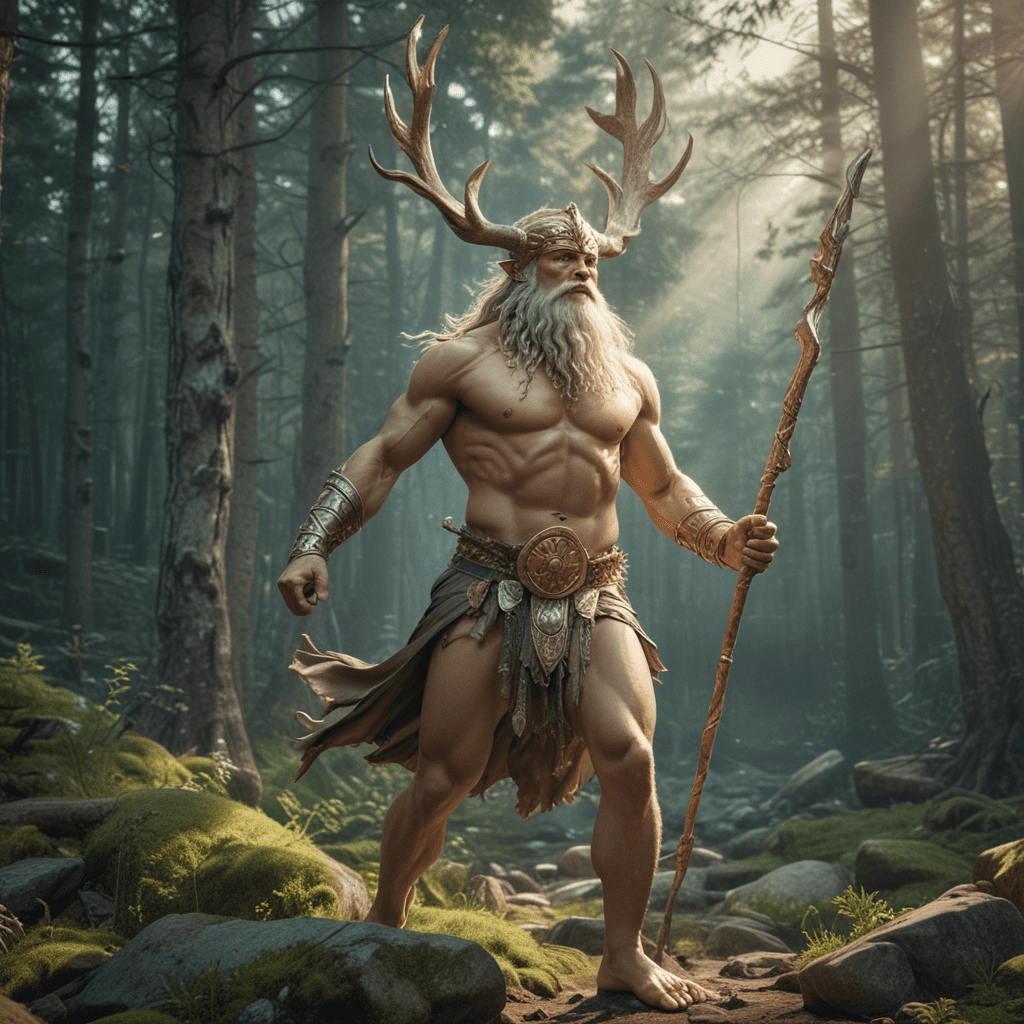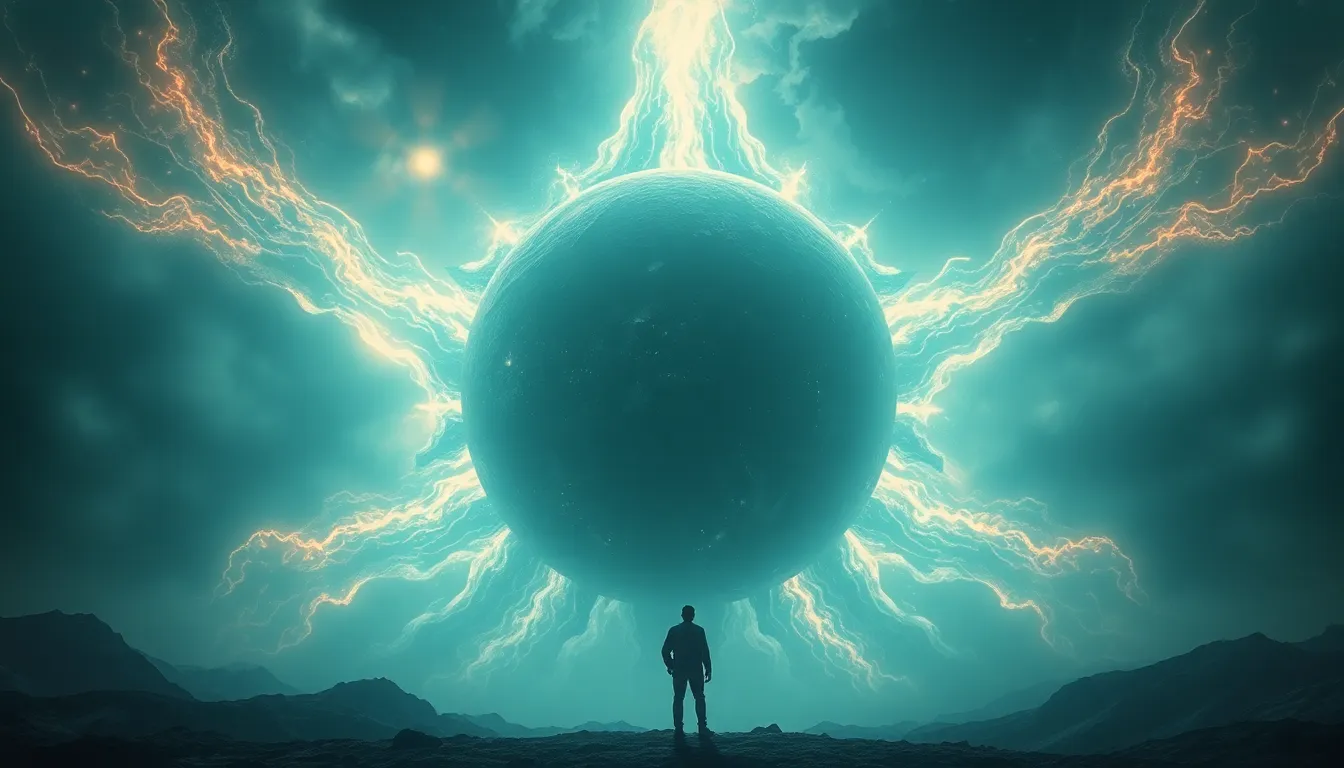Legends of the Underworld: The Myths That Shape Our Culture
1. Introduction: The Allure of the Underworld
The concept of the Underworld has captivated human imagination across cultures and eras. Often depicted as a realm beneath the earth, it serves as a metaphor for the afterlife, a place of judgment, and a source of both fear and fascination. In many mythologies, the Underworld is not merely a destination for the dead but a complex landscape filled with spirits, deities, and moral lessons.
This article explores the significance of the Underworld in various cultures, delving into its myths, deities, and representations in modern storytelling. By examining these narratives, we will uncover the enduring legacy of the Underworld in shaping our understanding of life, death, and morality.
2. The Underworld in Ancient Civilizations
Many ancient civilizations had rich beliefs surrounding the Underworld, each with distinctive narratives and rituals. The exploration of these beliefs in Mesopotamia, Egypt, and Greece reveals how different cultures conceptualized the afterlife.
- Mesopotamia: In the Epic of Gilgamesh, the Underworld is depicted as a dreary place where the dead dwell in shadows, emphasizing the inevitability of death.
- Egypt: The Egyptian Book of the Dead describes a journey through the afterlife, where the deceased face judgment by Osiris and the weighing of the heart against the feather of Ma’at, representing truth and justice.
- Greece: Greek mythology presents the Underworld as a realm ruled by Hades, where souls are judged and sent to either Elysium, a paradise, or Tartarus, a place of torment.
These narratives illustrate a common theme: the Underworld serves as a reflection of a civilization’s values, beliefs, and attitudes toward life and death.
3. Chthonic Deities: Guardians of the Underworld
Chthonic deities are central figures in Underworld mythology, embodying the complexities of life, death, and rebirth. Key deities include:
- Hades (Greek): The god of the Underworld, Hades is often misunderstood as a figure of evil. In reality, he symbolizes the inevitability of death and the importance of honoring the dead.
- Osiris (Egyptian): As the god of the afterlife and resurrection, Osiris represents the promise of rebirth. His myths emphasize the cyclical nature of life and death.
- Yama (Hindu): The god of death in Hinduism, Yama guides souls to the afterlife, ensuring justice is served through karma. He embodies the moral order of the universe.
These deities serve as guardians of the Underworld, each with unique roles that reflect their cultures’ understanding of life, death, and morality.
4. The Journey to the Underworld: Myths and Narratives
Many myths depict a journey to the Underworld, often involving trials and tribulations. One of the most famous narratives is the tale of Orpheus and Eurydice.
In this story, Orpheus descends into the Underworld to retrieve his beloved Eurydice. His journey highlights several key themes:
- The power of love and loss.
- The challenge of facing death and the unknown.
- The importance of faith and trust.
This allegorical journey emphasizes that the Underworld is not just a destination but a transformative experience that reveals deeper truths about the human condition.
5. Cultural Variations: Underworld Myths Across the Globe
Underworld beliefs vary across cultures, yet share common threads. Here are some notable examples:
- Aztec: Mictlantecuhtli, the god of the dead, presides over the Underworld known as Mictlan, where souls undergo challenges before reaching their final resting place.
- Celtic: The Otherworld in Celtic mythology is a mystical realm where the dead reside, often associated with eternal beauty and peace, contrasting with the harsher views of the Underworld in other cultures.
- Norse: Hel, ruled by the goddess Hel, is a place for those who did not die valorously in battle, emphasizing the Norse view of honor and bravery.
These myths reflect cultural values regarding death, honor, and the afterlife, showcasing the diversity of human belief systems.
6. The Underworld and Morality: Lessons from Legends
The Underworld is often depicted as a place of judgment, where souls are evaluated based on their earthly deeds. This concept serves to communicate moral lessons and societal values. Notable examples include:
- Scales of Ma’at: In Egyptian mythology, the heart of the deceased is weighed against the feather of Ma’at, symbolizing truth and justice. A heavier heart indicates a life of wrongdoing.
- Judgment in Greek Mythology: In the Greek Underworld, souls are judged by Minos, Rhadamanthus, and Aeacus, who determine their fates based on their earthly actions.
These narratives reinforce the importance of morality and the consequences of one’s actions, serving as cautionary tales for societies.
7. Modern Interpretations: The Underworld in Literature and Film
Ancient myths continue to influence contemporary storytelling. Modern interpretations often reimagine Underworld figures and themes:
- Dante’s Inferno: This classic work of literature explores the journey through Hell, drawing heavily from various mythological traditions to depict sin and redemption.
- The Matrix: This film incorporates elements of the Underworld as a metaphor for the journey of self-discovery and the struggle against a false reality.
These modern narratives demonstrate the lasting impact of Underworld myths on our cultural landscape, shaping how we perceive life, death, and existential challenges.
8. Psychological Perspectives: The Underworld as a Symbol of the Subconscious
The Underworld can also be viewed as a metaphor for the human psyche, representing the depths of our subconscious. Psychological interpretations suggest that:
- The Underworld embodies our fears, desires, and unresolved issues.
- Journeys to the Underworld symbolize inner exploration and self-discovery.
By confronting the “Underworld” within ourselves, we can gain insights into our fears surrounding death and the unknown, leading to personal growth and understanding.
9. The Underworld in Religion and Spirituality
Different religions interpret the Underworld in unique ways, often blending myth with spiritual beliefs. Key interpretations include:
- Christianity: The concept of Hell represents eternal separation from God for those who reject divine truth, contrasting with the promise of Heaven for the righteous.
- Buddhism: The Underworld is viewed as a realm of suffering, where beings experience the consequences of their actions. It emphasizes the cyclical nature of life and rebirth.
These interpretations illustrate the relationship between myth and religious practices, shaping how communities understand death and the afterlife.
10. Conclusion: The Enduring Legacy of Underworld Myths
Underworld myths continue to resonate with us, reflecting our deepest fears, moral dilemmas, and existential questions. Their enduring legacy shapes our cultural narratives, informing how we understand life, death, and the moral complexities of human existence.
As we navigate our own journeys, the lessons embedded in these ancient tales remind us of the importance of morality, the inevitability of death, and the transformative power of love and loss. The Underworld, in all its forms, remains a vital part of our collective consciousness, inviting us to explore the depths of our own souls.



